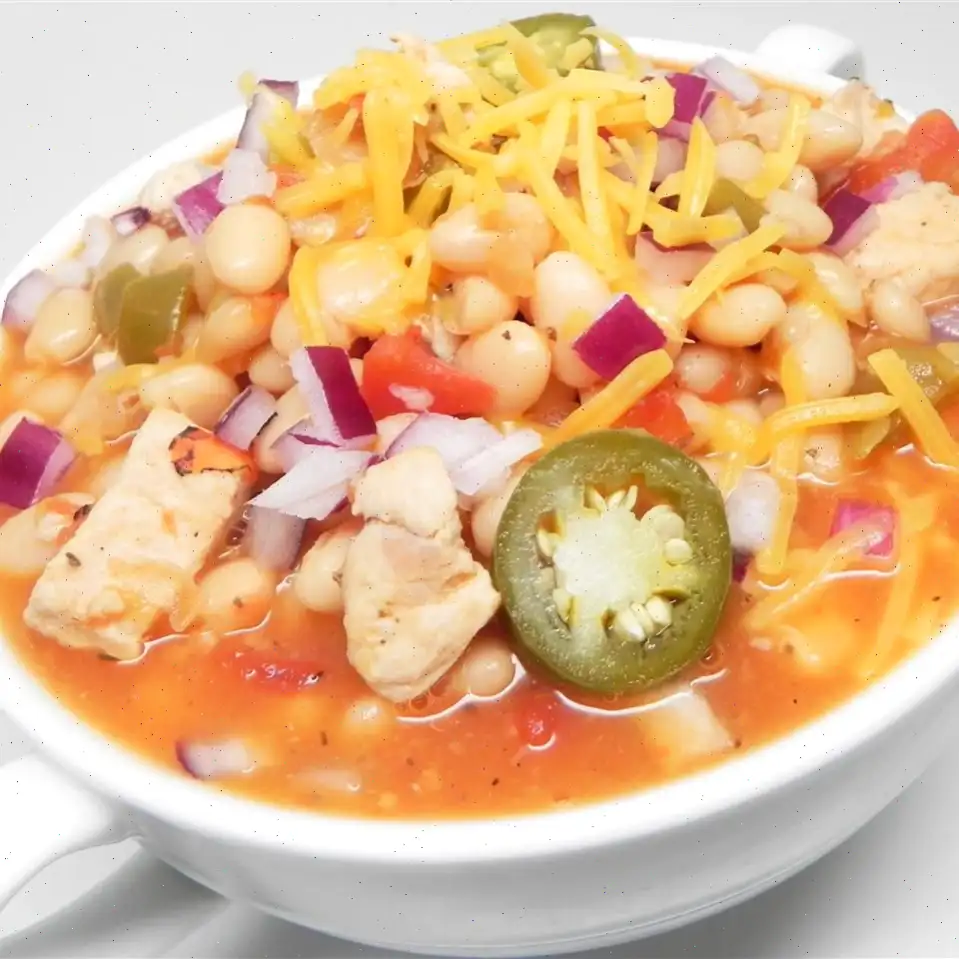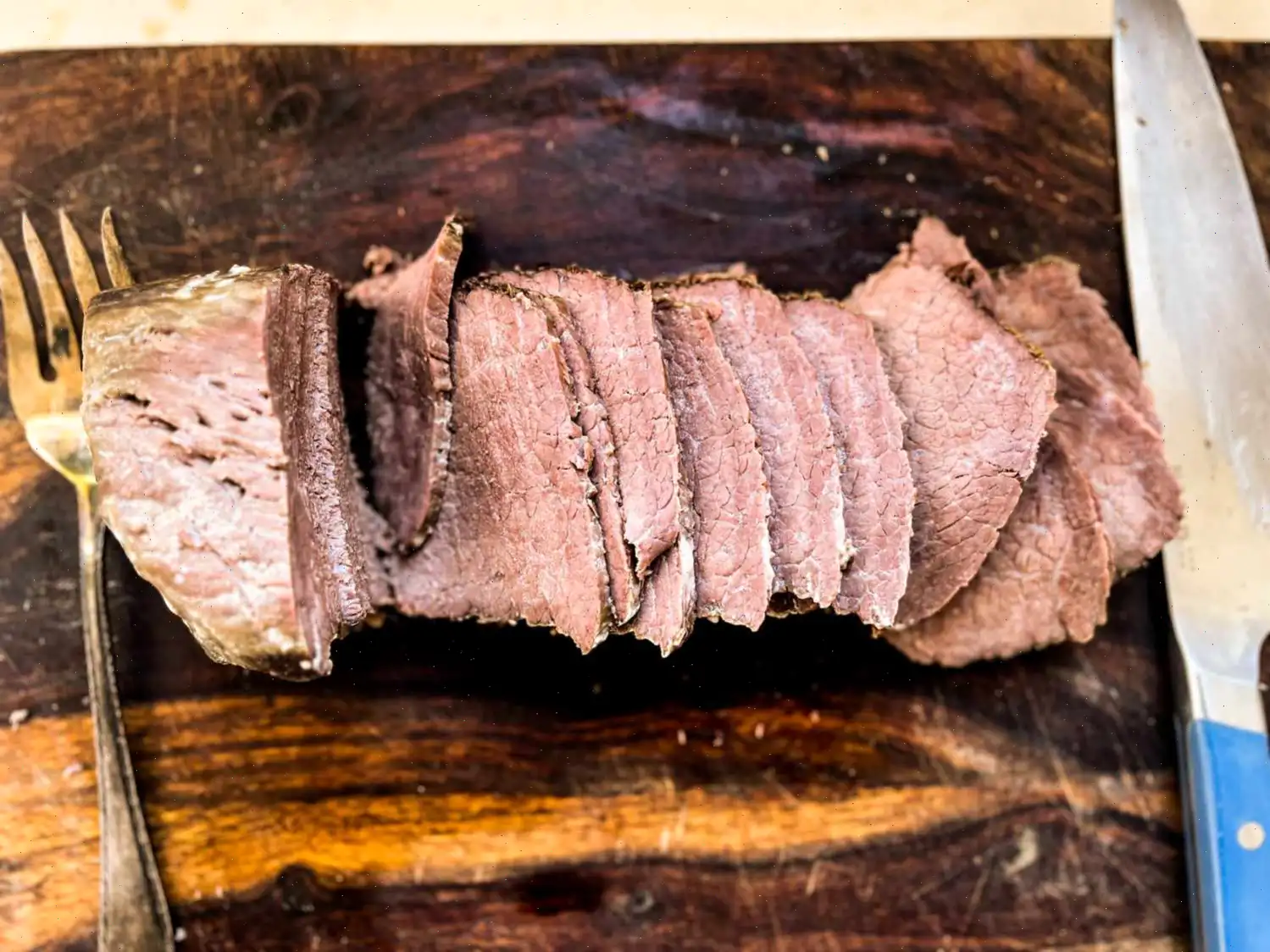
Spaetzle, Sauerkraut and Sausage Casserole Recipe
Ingredients
- 1 teaspoon vegetable oil
- 1 cups all-purpose flour
- 1 teaspoon salt
- 3 eggs
- cup water
- 2 strips bacon, diced
- large onion, chopped
- 2 tablespoons unsalted butter
- 1 small Gala apple, cored and chopped
- 2 tablespoons brown sugar
- 1 (16 ounce) package sauerkraut
- 1 (16 ounce) package kielbasa sausage, cut into 2-inch pieces
Directions
- Preheat the oven to 350F (175C). Grease a metal colander with 1 teaspoon of vegetable oil.
- In a bowl, whisk together the all-purpose flour and salt. In another bowl, beat the eggs and water together. Stir the egg mixture into the flour mixture until a dough forms.
- Bring a large pot of water to a boil. Place the spaetzle dough into the greased colander and set the colander over the boiling water. Using a flexible spatula, push the dough through the colander holes into the water. Stir the spaetzle as it boils, cooking until the dumplings float to the surface (about 5 minutes).
- Transfer the cooked spaetzle to an ungreased 9x9-inch baking dish using a slotted spoon.
- In a large skillet, cook the diced bacon over medium heat, stirring frequently, until crispy (about 8 minutes). Transfer the bacon to a paper towel and leave the drippings in the skillet.
- In the same skillet, cook the chopped onion in the bacon drippings over medium heat until browned (about 10 minutes). Transfer the cooked onion to a bowl.
- In the same skillet, melt the butter over medium heat until foamy. Stir in the chopped apple and brown sugar. Cook, stirring frequently, until the apple softens (about 5 minutes).
- Stir the cooked bacon, onion, and sauerkraut into the apple mixture. Continue cooking, stirring occasionally, until the flavors are well blended (about 5 minutes).
- Transfer the sauerkraut mixture on top of the spaetzle in the baking dish.
- Place the kielbasa sausage pieces in a microwave-safe dish and microwave on high for 2 to 3 minutes, or until the sausage is hot and has lost its pink color.
- Transfer the cooked kielbasa to the baking dish with the spaetzle and sauerkraut mixture.
- Bake the entire dish in the preheated oven for about 15 minutes, or until bubbly.
Nutrition Facts (per serving)
- Calories: 496
- Total Fat: 32g (41% Daily Value)
- Saturated Fat: 15g (73% Daily Value)
- Cholesterol: 161mg (54% Daily Value)
- Sodium: 1644mg (71% Daily Value)
- Total Carbohydrates: 34g (12% Daily Value)
- Dietary Fiber: 3g (12% Daily Value)
- Total Sugars: 10g
- Protein: 18g (35% Daily Value)
- Vitamin C: 13mg (14% Daily Value)
- Calcium: 50mg (4% Daily Value)
- Iron: 3mg (17% Daily Value)
- Potassium: 253mg (5% Daily Value)

This hearty dish combines the rich, savory flavors of Germany with a comforting casserole format. The Spaetzle, Sauerkraut, and Sausage Casserole is a beloved comfort food that embodies the flavors of Oktoberfest, with spaetzle (German dumplings), kielbasa sausage, and sauerkraut accented with apples, bacon, and brown sugar. Its a perfect winter dish or a festive meal during the colder months.
History and Origin
Spaetzle, Sauerkraut, and Sausage Casserole draws its origins from Germany, particularly the southern regions like Swabia. Spaetzle, the signature egg noodles, has been a staple in German cuisine for centuries, with the earliest mentions dating back to the 18th century. Traditionally, spaetzle was made by hand, scraping dough off a wooden board directly into boiling water. Sauerkraut, the fermented cabbage dish, has even older roots, with ancient records showing its popularity in Eastern Europe as a preservative method. The sausage component of this dish, often kielbasa, is a hallmark of German culinary culture, with sausages being an integral part of the countrys gastronomy for over a millennium.
Regional Variations
Although the casserole itself is a more modern invention, the individual componentsspaetzle, sauerkraut, and sausagesare deeply rooted in various German and Eastern European traditions. In southern Germany, especially in Bavaria and Swabia, spaetzle is commonly served as a side dish with meat or gravy. Sauerkraut, a product of fermentation, is found throughout Germany, but it is particularly beloved in the southern regions, where it often accompanies hearty sausages. Kielbasa sausage, which originates from Poland, is commonly used in German dishes, though other sausages, like bratwurst, may also be used in variations of this casserole. The balance of sweet, savory, and sour ingredients like the apples, sauerkraut, and brown sugar is a nod to the complex flavor profiles typical in Germanic cuisine.
How it Differs from Similar Dishes
This casserole stands out from other similar German dishes due to its combination of both sweet and sour flavors. Unlike the traditional pairing of sausages and sauerkraut, which is often quite savory, the addition of apples and brown sugar creates a unique contrast that brings out the natural sweetness of the cabbage while balancing the richness of the sausages. Additionally, the dish incorporates spaetzle, which is not as common in other German casseroles but offers a delightful texture and heartiness. This creates a more substantial dish compared to the simpler, more straightforward sausage and sauerkraut meals that can be found across Germany.
Where is it Traditionally Served?
This dish is a staple at Oktoberfest celebrations, where hearty and satisfying foods are enjoyed alongside beer and good company. It is commonly served in beer gardens, particularly in southern Germany, and at family gatherings or festive occasions. In some regions, it may also appear on menus in traditional German restaurants or during the colder months as a comforting winter meal. Its filling nature makes it perfect for family-style dining or as a dish to be shared with friends.
Fun Facts
- Spaetzle, often compared to dumplings or noodles, is a versatile dish that can be served in countless ways, from a simple side dish to the heart of a casserole like this one.
- In some parts of Germany, theres a tradition of "Spaetzle battles," where people compete to make the best spaetzle, with some chefs even creating giant spaetzle for festivals.
- Sauerkraut has long been considered a health food in Europe due to its high vitamin C content and its role in aiding digestion.
- The Kielbasa sausage used in this casserole is a Polish variety of sausage, and its name simply means "sausage" in Polish. It has become a beloved ingredient in many German dishes, especially those in the south.
Whether you're hosting a party, preparing a comforting family dinner, or celebrating Oktoberfest at home, this Spaetzle, Sauerkraut, and Sausage Casserole is a dish that offers a true taste of German culinary tradition with a delicious, modern twist.
FAQ about Spaetzle, Sauerkraut and Sausage Casserole Recipe
Comments
Patrick Campbell
04/23/2023 03:32:06 PM
This dish was absolutely delicious! I was hesitant about using apple at first, but it turned out to be a fantastic addition. While I didn't make my own spaetzle and opted for store-bought instead, mine turned out a bit dry, possibly due to incorrect ratios on my part. Next time, I'll likely reserve some of the pasta cooking liquid to prevent this. Nonetheless, the dish was incredibly tasty! I'm even considering serving it as a side for Thanksgiving :) I paired it with wheat beer and hard pretzels with mustard, and it was a perfect combination!
Donna Martin
12/03/2024 08:54:05 AM
Absolutely delicious! I didn't have the time to make spaetzle, so I used orzo instead, and it turned out to be a great substitute. I added 2 apples and peas to the dish, which added a nice touch. Cooking the kielbasa on the stovetop was definitely the right choice; I would never consider cooking meat in a microwave. Highly recommend this recipe!
Emma Diaz
08/05/2024 03:37:46 PM
Wow! What an amazing flavor! I was able to get my three kids under 8 years old to eat this dish. I followed the advice of two other reviewers: I cooked the kielbasa in a pan and added 1/2 tsp of caraway to the sauerkraut while cooking. It turned out delicious!
Samuel Miller
09/15/2023 07:02:44 AM
The dish turned out amazing! The only modification I made was sautéing the Kielbasa with the onions and adding mushrooms.
Carol Torres
07/11/2024 02:22:24 AM
I was quite skeptical about trying this dish at first. I randomly chose it and had doubts throughout the cooking process. But, to my surprise, it turned out to be absolutely fantastic! I opted for Cost Plus World Market Spaetzle to save time, and may have used a bit too much as I felt it needed more sauce, but that's something I can adjust next time. The dish was flavorful and a huge hit with my boyfriend's family and me. We all loved it! I will definitely be making it again. I didn't have a gala apple on hand, so I used a similar variety (I can't recall the name), and it worked just as well. Also, I typically dislike sauerkraut, but in this dish, it was so good that I could eat it all day!
Rachel Lee
10/29/2022 06:39:10 PM
My husband absolutely adores this meal. I prefer using frozen spaetzle and being cautious with the sauerkraut to prevent it from overpowering the dish. With the butter, kielbasa, and bacon, it can become a tad greasy, but the flavors are truly delightful.
Susan Nguyen
09/30/2023 05:07:38 PM
I absolutely adore this dish! The only tweak I made was mixing everything together instead of layering it. It saves time and all the flavors blend perfectly. A few noodles may get crispy, but it adds a nice crunch!
William Hernandez
03/21/2025 12:02:22 AM
I am completely in love with this recipe. I have made it more than twelve times and it is consistently delicious!








